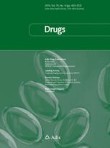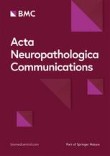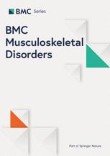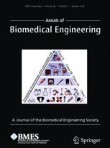
Abstract
Background
A 2017 systematic review (SR) identified 59 studies examining gabapentinoid (pregabalin and gabapentin) misuse/abuse. Evidence of gabapentinoid misuse/abuse has since grown substantially.
Objective
Update previous SR and describe new insights regarding gabapentinoid abuse.
Methods
A SR of PubMed was conducted to identify studies published from 7/29/2016–8/31/2020. Four searches were performed using the following terms: "gabapentin [MeSH] OR pregabalin [MeSH] OR gabapentinoid" AND one of the following substance misuse/abuse-related terms: "substance-related disorders [MeSH]", "overdose", "abuse", or "misuse". Clinicaltrials.gov and the Cochrane Library database were searched to identify ongoing studies or similar SRs. Reference lists of included studies were reviewed to identify additional literature. All studies with novel data related to pregabalin and/or gabapentin abuse, misuse, or overdose conducted during the study period were included. Articles not written in English, review articles, and animal studies were excluded.
Results
Fifty-five studies were included (29 [52.7%] from North America, 17 [30.9%] Europe, 6 [10.9%] Asia, and 3 [5.5%] Australia). Forty-six observational studies and 10 case reports/series were included (one manuscript included both). Twenty (36.4%) studied gabapentin only, 18 (32.7%) pregabalin only, and 17 (30.9%) both pregabalin/gabapentin. These studies corroborate findings from the previous SR that gabapentinoids are increasingly abused or misused to self-medicate, that gabapentinoids can produce desirable effects alone but are often used concomitantly with other drugs, and that opioid use disorder is the greatest risk factor for gabapentinoid abuse. While the original SR identified the largest studies having been published in Europe, this review identified several more generalisable US studies that have subsequently been conducted. The most concerning finding was increased evidence of associated patient harm, including increased hospital utilisation and opioid -related overdose mortality risk.
Conclusion
Evidence suggests that gabapentinoid misuse/abuse represents a growing trend that is causing significant patient harm. Prescribers should exercise appropriate caution with use in high-risk populations and monitor for signs of misuse or abuse.









